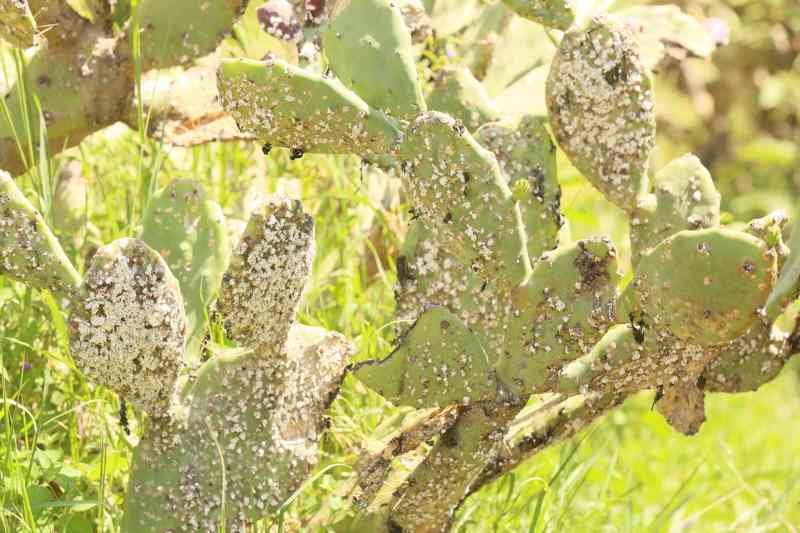By PETER ORENGO
An ambitious project to make more than 80,000 hectares of arid land productive has been launched.
The initiative by the Government, with the assistance of the United Nations, covers four pilot ventures in Mbeere North, Kyuso, Narok North and Dadaab districts.
"This project is as a result of the realisation that Kenya’s Asal areas are experiencing poor food production even with good rains. In some areas, the grass that used to feed our livestock is no longer there due to the poor quality of top soils," said Livestock Minister Mohamed Kuti.
The minister said the Government had secured Sh935 million for the five-year pilot project, which is as a result of a partnership between Global Environmental Facility, United Nations Development Programme (UNDP) and the Kenyan Government.
Mr Kuti was speaking when he flagged of four vehicles to be used in the project in the four districts.
According to the yet to be launched United Nations Environment Programme’s Year Book 2012, 24 per cent of global land area has already suffered declines in health and productivity over the past quarter century as a result of unsustainable land use.
The book highlights assessments indicating that some kinds of conventional and intensive agriculture are triggering soil erosion rates 100 times greater than the rate at which nature can form soil.
"Dramatic improvements in the way the world manages its precious soils will be key to food, water and climate security in the 21st century," said Achim Steiner, UN Under-Secretary General and Unep Executive Director.
Steiner said that by 2030, without changes in the way land is managed, over 20 per cent of terrestrial habitats such as forests, peat-lands and grasslands in developing countries could be converted to cropland, further aggravating losses of vital ecosystem services and biodiversity.
By some estimates, the top one metre of the world’s soils store around 2,200 Gigatonnes (Gt or billion tonnes) of carbon.
Gas emissions
The draining of super carbon-rich peat-lands is currently producing more than two Gt of carbon dioxide emissions annually, an amount equal to around six per cent of man-made greenhouse gas emissions.
Scientists say if existing patterns of land management continue, increasing amounts of this carbon could be released to the atmosphere, aggravating global warming linked to the burning of fossil fuels.
In Kenya, the key project activities will include landscape management, promote diversification in livelihood and implement charcoal burning regulation.
Stay informed. Subscribe to our newsletter
 The Standard Group Plc is a
multi-media organization with investments in media platforms spanning newspaper
print operations, television, radio broadcasting, digital and online services. The
Standard Group is recognized as a leading multi-media house in Kenya with a key
influence in matters of national and international interest.
The Standard Group Plc is a
multi-media organization with investments in media platforms spanning newspaper
print operations, television, radio broadcasting, digital and online services. The
Standard Group is recognized as a leading multi-media house in Kenya with a key
influence in matters of national and international interest.
 The Standard Group Plc is a
multi-media organization with investments in media platforms spanning newspaper
print operations, television, radio broadcasting, digital and online services. The
Standard Group is recognized as a leading multi-media house in Kenya with a key
influence in matters of national and international interest.
The Standard Group Plc is a
multi-media organization with investments in media platforms spanning newspaper
print operations, television, radio broadcasting, digital and online services. The
Standard Group is recognized as a leading multi-media house in Kenya with a key
influence in matters of national and international interest.






